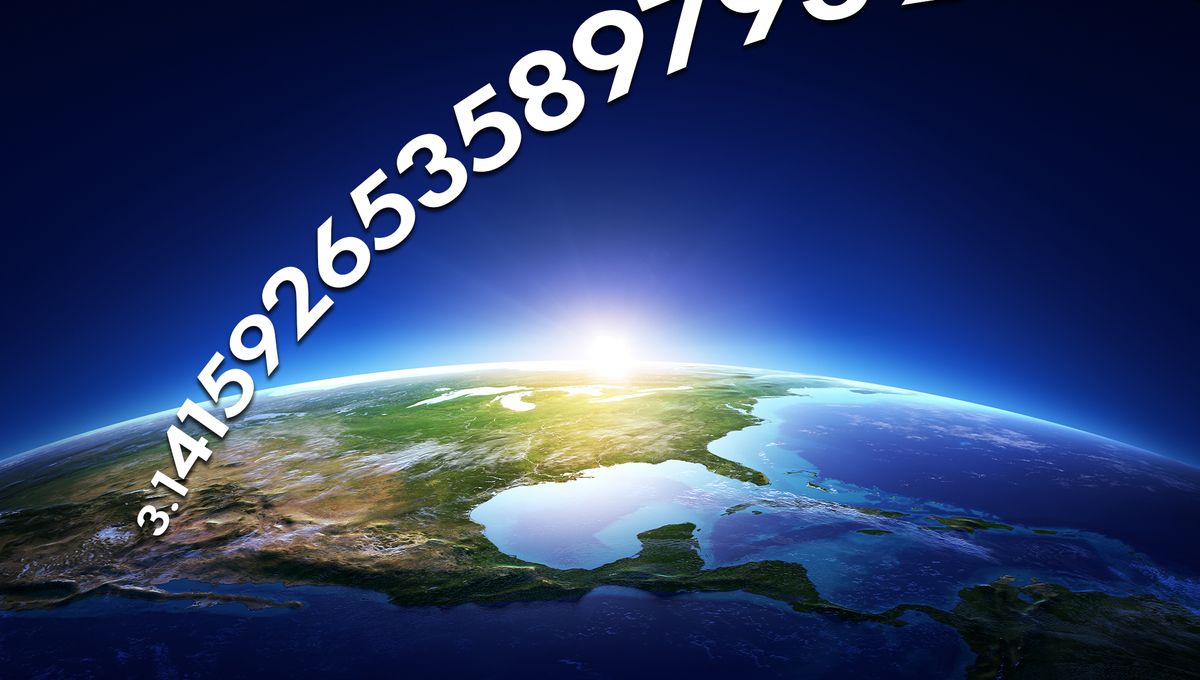It’s March 14 – Pi Day as the date format used in the US and only a handful of other countries reads 3/14. And 3.14 is usually what you need to know when you are doing calculations that involve circular things. For example, working out how much more pizza you get by ordering one 18-inch instead of two 12 inches.
But if you were in the business of sending spacecraft around the Solar System, like NASA is, you might think that you would use many more digits of pi. Maybe not all 62.8 trillion known digits but a significant amount to get to high precision.
It turns out, though, that the amount needed to get to high precision is a significantly smaller number of digits than you might think. NASA uses 15 decimal places and by counting the 3, you have a total of 16 digits. And that is more than enough. NASA’s Marc Rayman, who was the chief engineer on the Dawn mission, has revealed why you do not need more.
“To start, let me answer your question directly. For [the Jet Propulsion Laboratory’s] highest accuracy calculations, which are for interplanetary navigation, we use 3.141592653589793,” he said in an article originally published in 2016 and then updated in 2022. “I think we can even see that there are no physically realistic calculations scientists ever perform for which it is necessary to include nearly as many decimal points as you asked about.”
He gives three examples of why you do not need that many digits. One is Voyager 1. The spacecraft is currently suffering a malfunction we hope it will recover from. It is located about 24,371,570,000 kilometers (15,143,730,000 miles) from the Sun. If you were to use that distance as a radius and calculate the circumference, using more digits of pi would only add slightly over 1 centimeter (0.4 inches) to your value.
The second example is about taking a car around the circumference of the Earth, making a similar point but with a discrepancy that it is much smaller, tens of thousands of times thinner than a hair. But it is the third example that is truly mind-blowing. It’s about calculating the circumference of a circle with a radius as big as the visible universe to the precision of the smallest atom.
“The radius of the universe is about 46 billion light years. Now let me ask (and answer!) a different question: How many digits of pi would we need to calculate the circumference of a circle with a radius of 46 billion light years to an accuracy equal to the diameter of a hydrogen atom, the simplest atom? It turns out that 37 decimal places (38 digits, including the number 3 to the left of the decimal point) would be quite sufficient,” Rayman explained.
If you want a more hands-on approach to this precision and you don’t just want to check ours or NASA’s math, you can play around with The NASA Pi Day Challenge. This year, it includes a throwback to the cat video that NASA received from Deep Space.
Pi remains a fascinating number that keeps popping up in equations describing crucial principles and phenomena in the universe. It has an infinite number of non-repeating digits, which means any number sequence is in there. Somewhere in pi, there’s your birthday right next to the birthday of Dolly Parton (January 19, 1946). And that is pretty neat!


